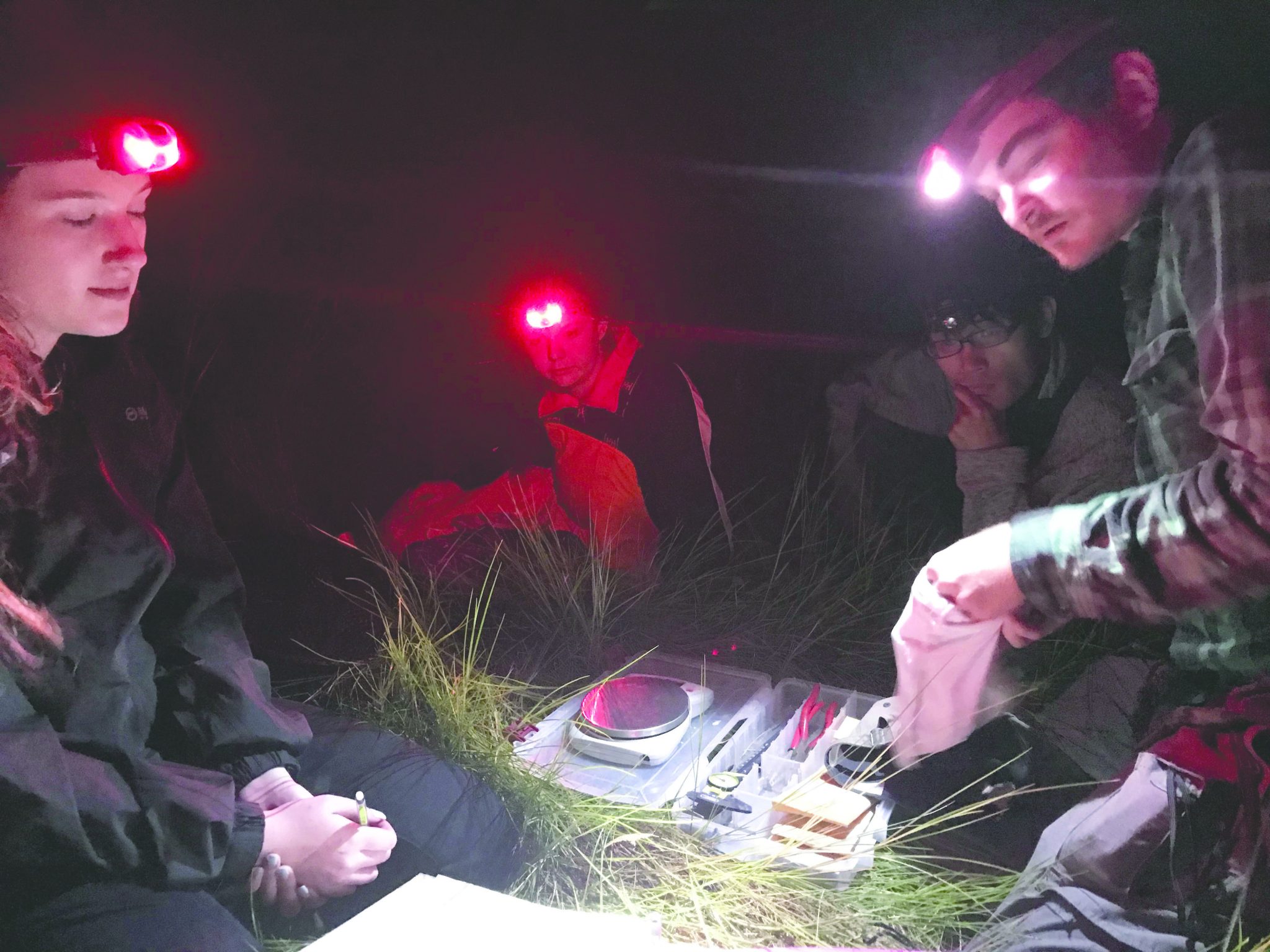233
Special to the Minden Press-Herald
The Minden High School Nature Club is being featured in the February issue of Birding magazine, the official magazine of the American Birding Association. John Dillon, the founder and co-sponsor of the club
MHS Nature Club featured in magazine
previous post




